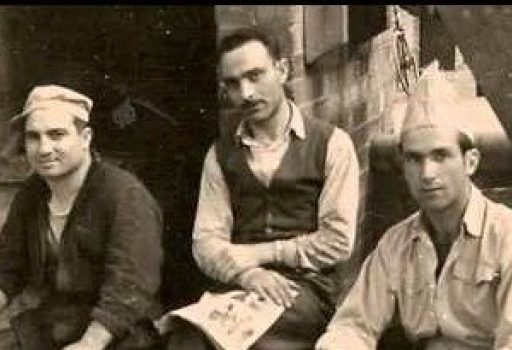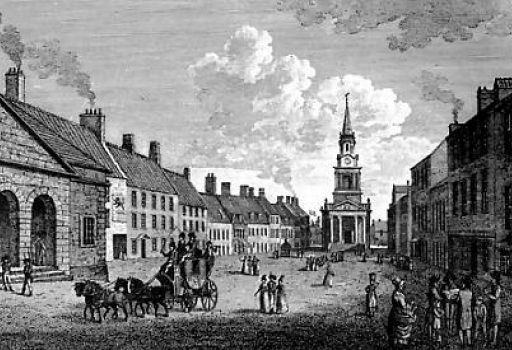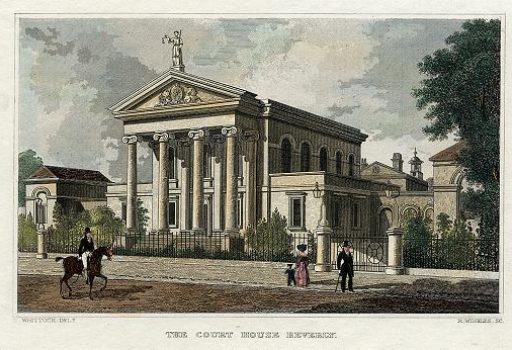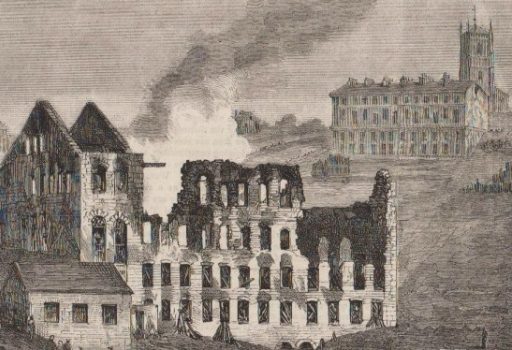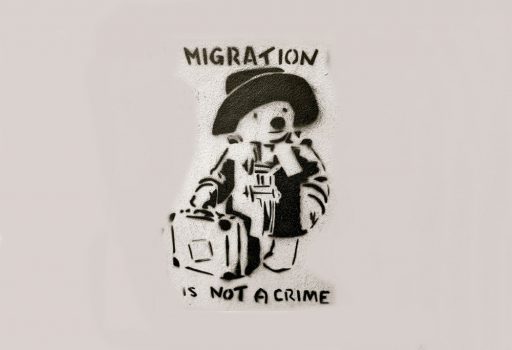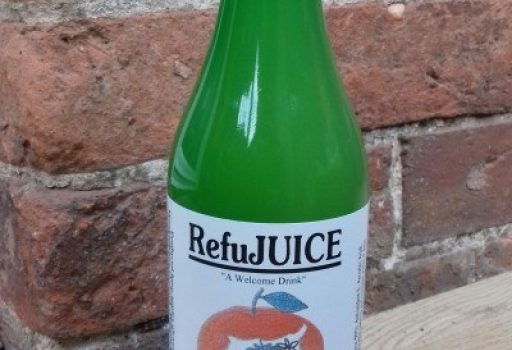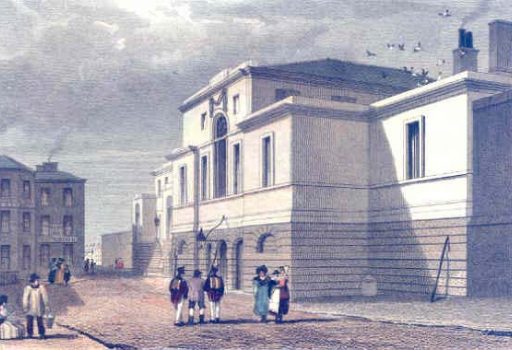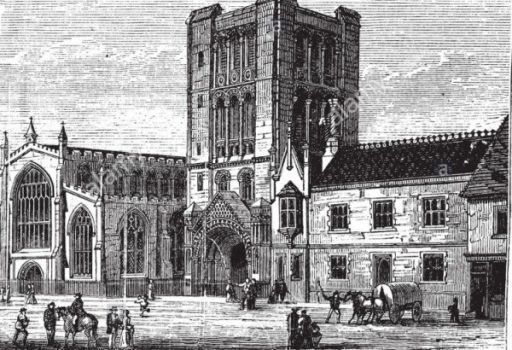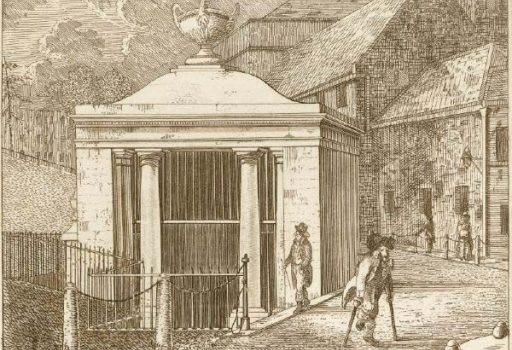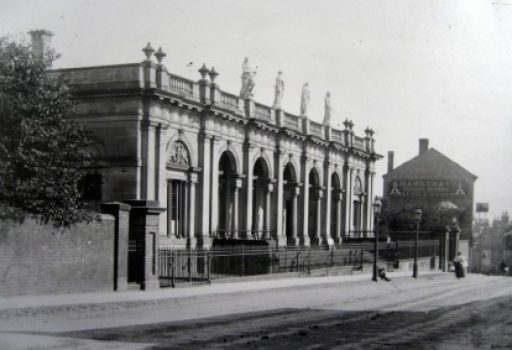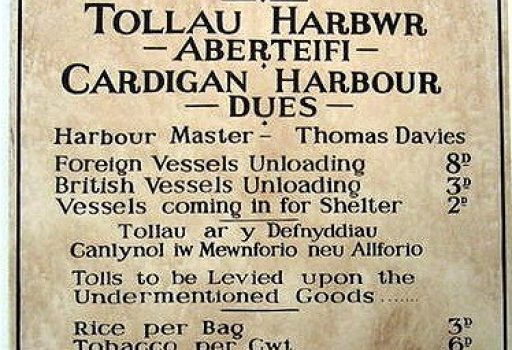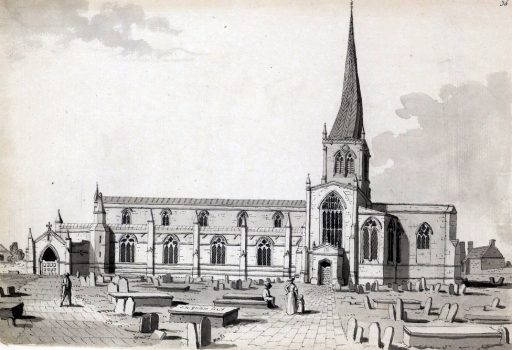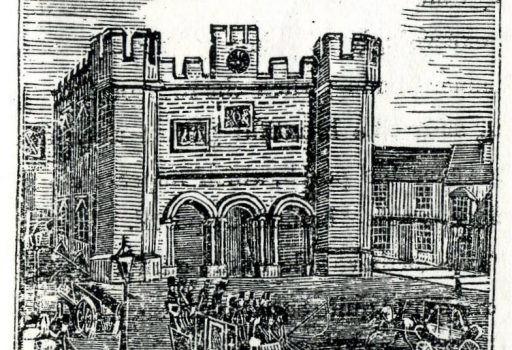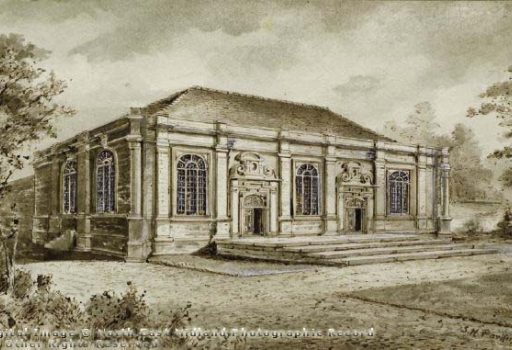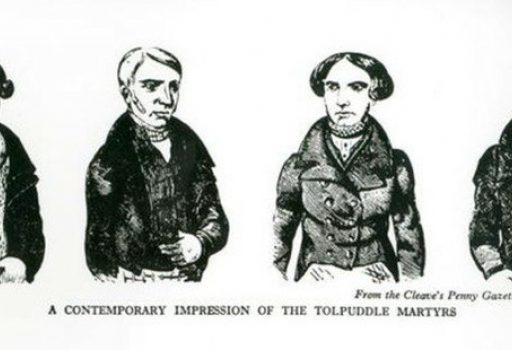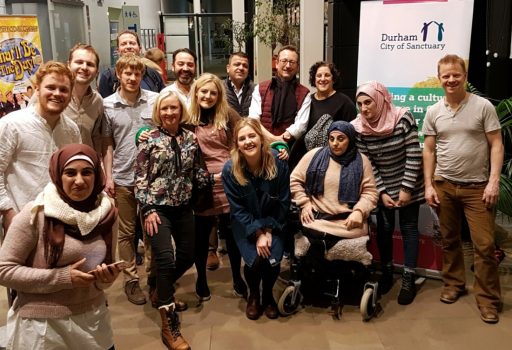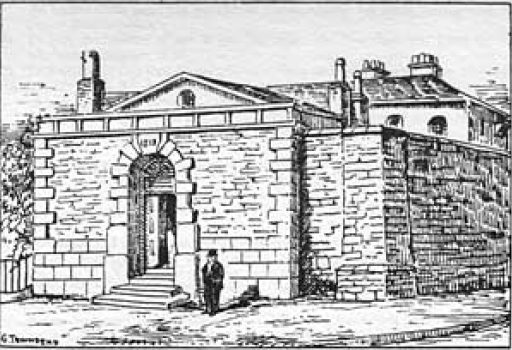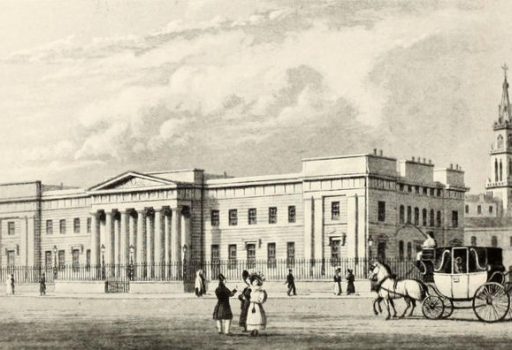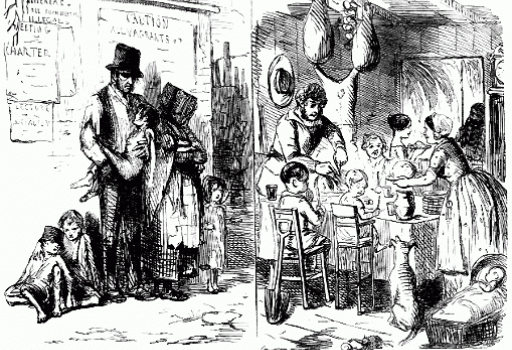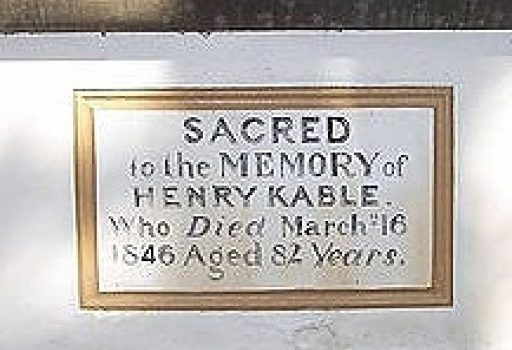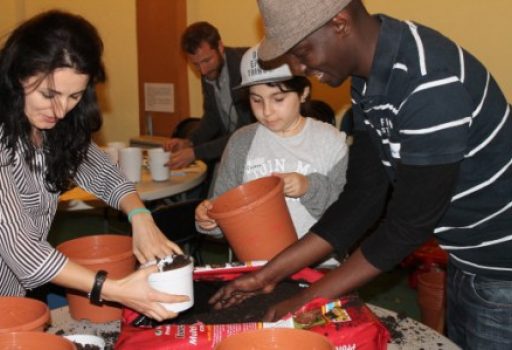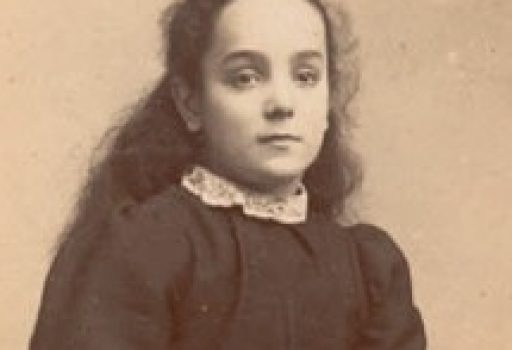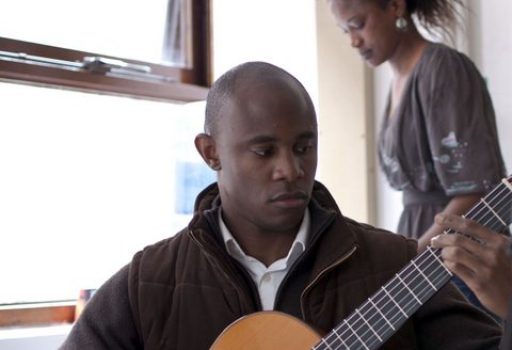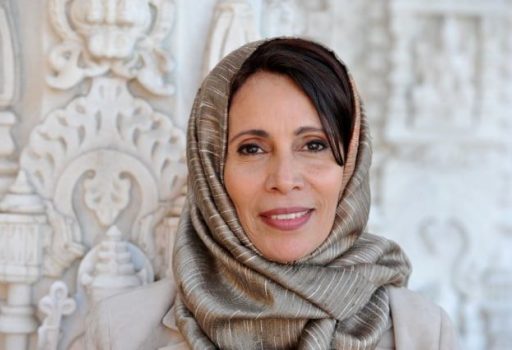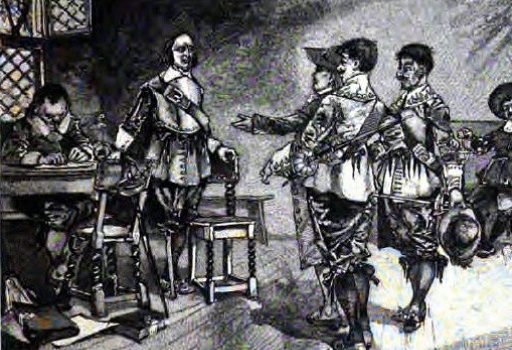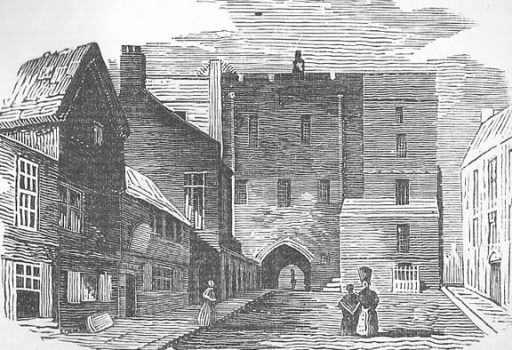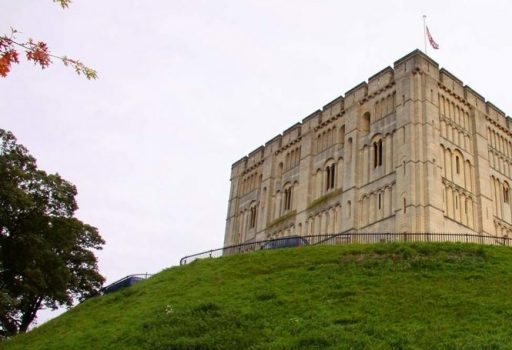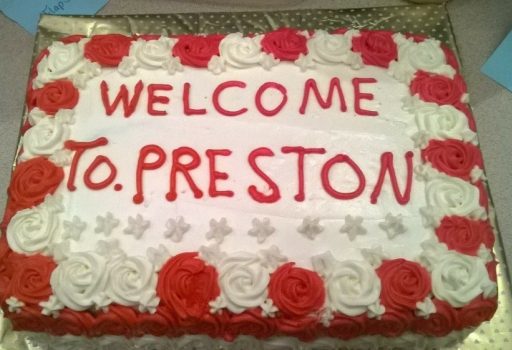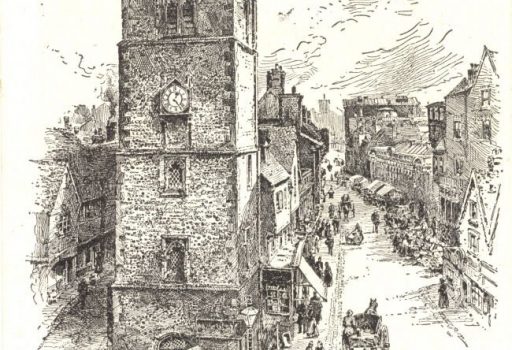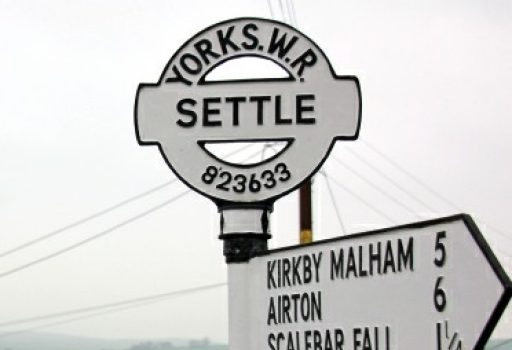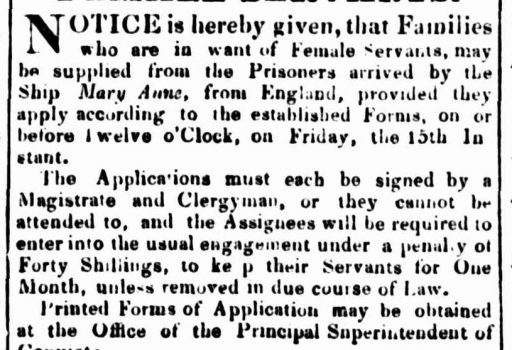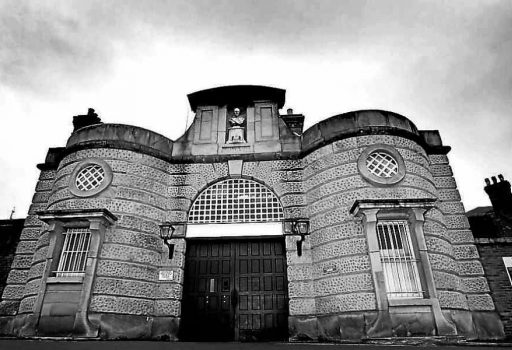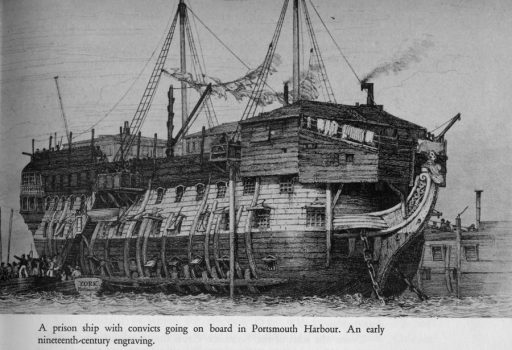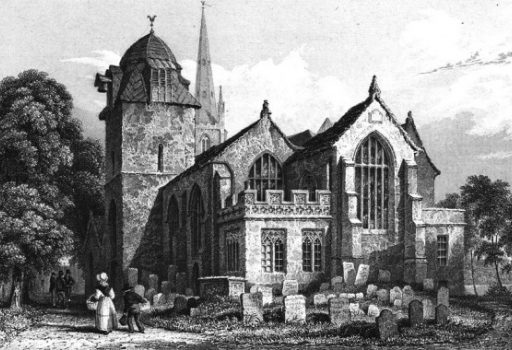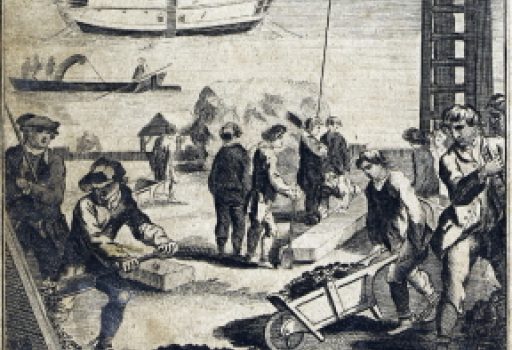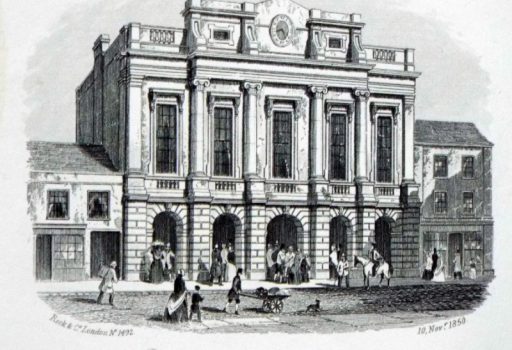In 1682 TOBY LEECH left Cheltenham with his wife Esther Ashmead and settled in what became known as Cheltenham Township, Philadelphia. Leech became a large landowner and was prominent politically, serving as a member of the Provincial Assembly 1713-1720.
HENRY KITCHEN, a 21 year old resident of Cheltenham, was convicted at Gloucester on 5 Jan 1847 for stealing ducks and geese. Sentenced to 10 years transportation, he arrived in Tasmania in August 1850. He was described as a ‘labourer, Protestant, can read and write, 5’10”, sallow complexion, dark brown hair, hazel eyes, stout build.’
Another typical emigrant was THOMAS HAYMARD, born 1808 in Cheltenham, who applied for US citizenship in Massachussetts in 1851. He was a machinist, ‘an alien and a free white person’ who arrived in the US in 1845.
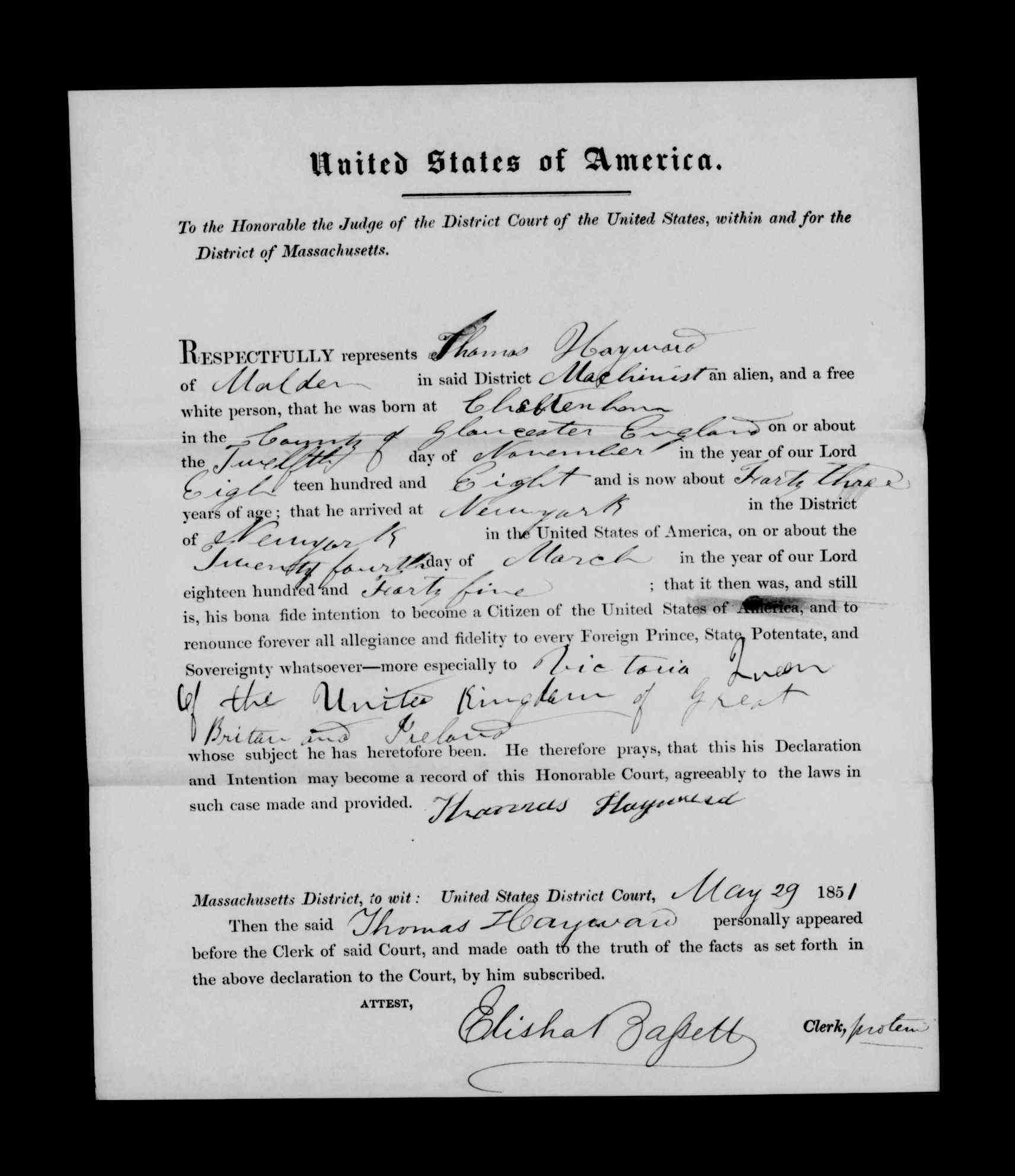
Today we might call it social cleansing. A council pays to rid itself of its poor or troublesome citizens. But in Victorian times it was commonplace for parish councils to pay for paupers to emigrate to the colonies. They were helped by legislation in 1834 and 1849 which increased parish powers to promote and assist emigration. Most paupers headed for Australia. But Cheltenham chose Canada. In 1850 CHARLES SOLE was one of 240 residents selected from the Cheltenham workhouses on Swindon Road and Knapp Lane to go to Quebec. They were given a tea party in the Town Hall, then they were transported to Gloucester Docks to board their vessel. As a single traveller, Charles Sole was allocated £5 15s, but he didn’t receive this money personally. The Parish Guardians were happy to pay passage, and provide 20s worth of clothing, but would not give cash to the emigrants.
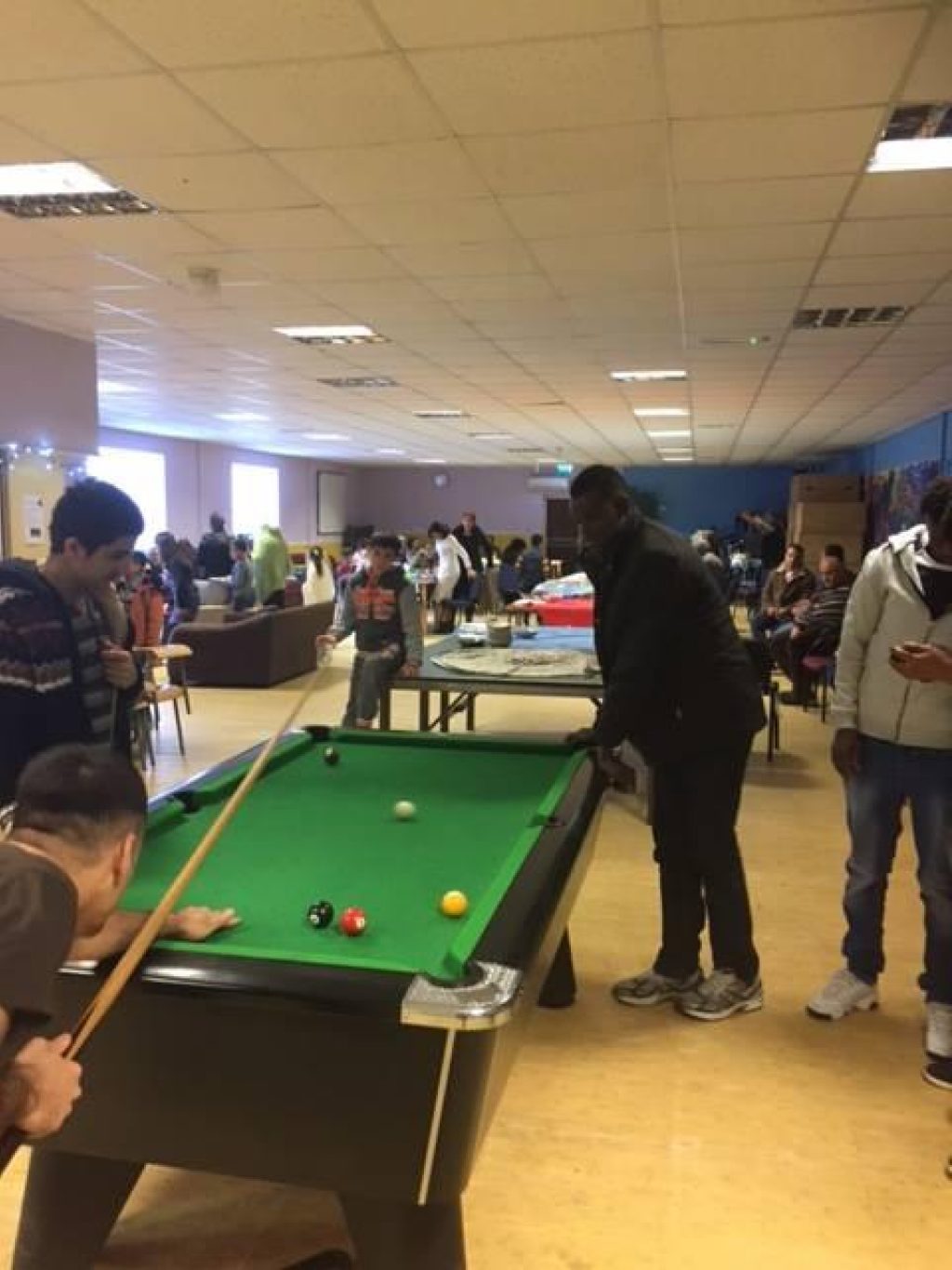
Our partners in action
Our partner GARAS (Gloucestershire Action for Refugees and Asylum Seekers) offers support to those seeking asylum in Gloucestershire, welcoming them when they arrive, advocating for them in their daily struggles, supporting them if they face being sent back as well as helping them adjust to their long term future if they are recognised as refugees.
Cheltenham Welcomes Refugees is a local volunteer organisation, working to ensure that refugee families in Cheltenham feel welcomed and supported. They raise awareness about the refugee crisis and work to build an inclusive community.

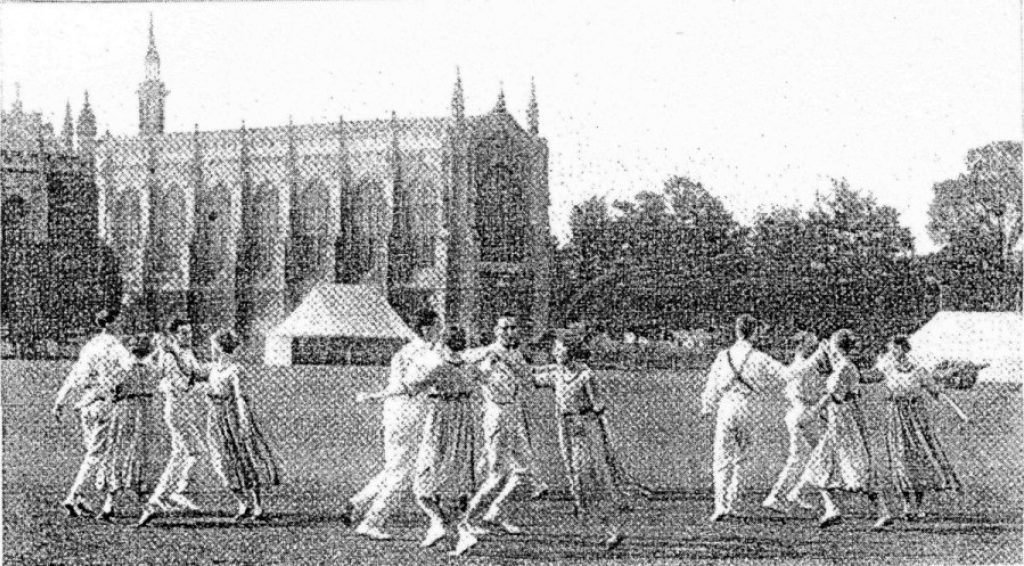
October 1914 saw the arrival of many Belgian refugees in Gloucestershire, as 250,000 Belgians took refuge in Britain from the German invasion. Many returned to Belgium after the war, but many settled. These included FREDDIE MOUCHERON, who danced with Cheltenham Morris Men in the 1930s. Here is the side, dancing in the grounds of Cheltenham College in the early 1930s.
Born in the German city of Nuremburg in 1935, SUSIE SCHULENBURG travelled to England in late 1938 with her family. They were Jewish. Her father got work with the engineering company Spirax Sarko in Cheltenham, and the family settled in the town. Susie remembered her mother volunteering at the American Officers Club at the Queen’s Hotel, where she got into trouble for giving entrance to black officers; her mother said, ‘we’re all fighting the same war, why do you have these barriers?’ Susie performed in concerts at the large refugee club in the town. Read more about Susie.
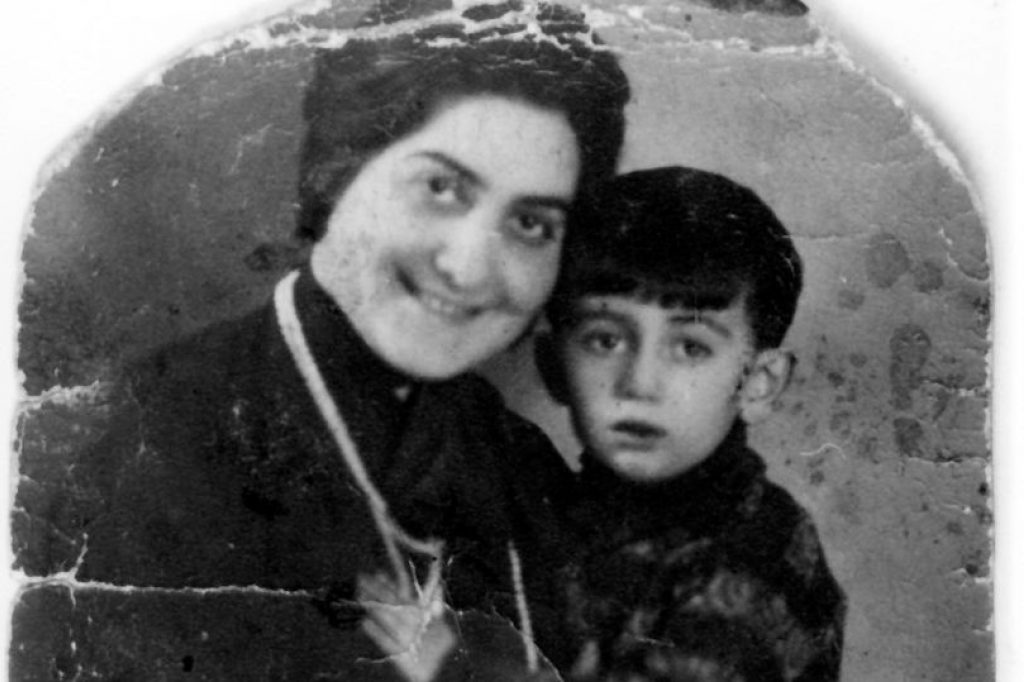
ROBERT KANFER (see here with his mother) was one of nearly 10,000 mainly Jewish children who arrived in Britain on the Kindertransport scheme just before World War Two. When his mother also escaped, they moved together to Cheltenham. Robert settled well, training as a carpenter and then setting up an architect’s practice. Read more about Robert.

